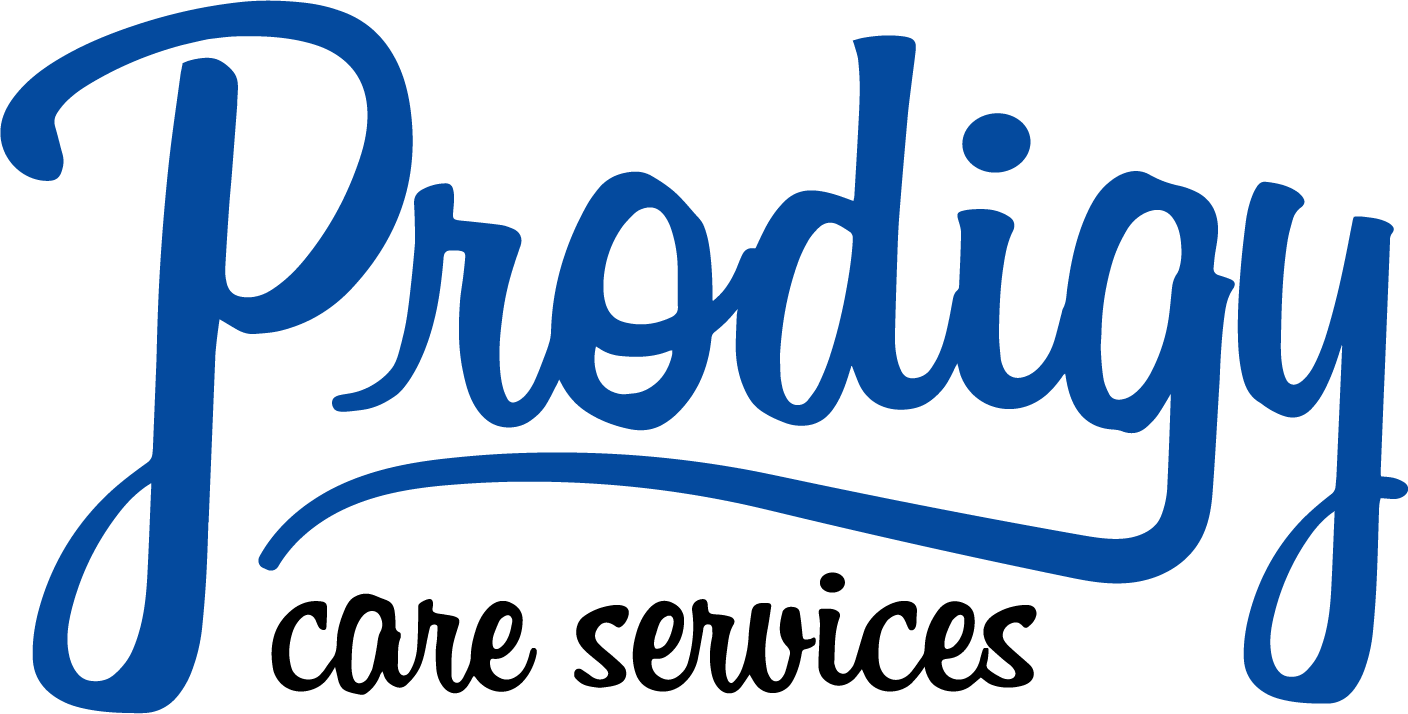PBM Transparency for Patients: 5 Essential Concepts
In previous blogs, we delved into various facets of transparency crucial for payers. These discussions covered strategies for holding PBMs accountable [1] [2], scrutinizing PBM services [3], and safeguarding payers against potential savings discrepancies [4].
This article shifts the focus to PBM transparency from the patient's perspective. Though different from a payer's standpoint, the following five concepts serve as foundational knowledge for patients seeking to optimize their utilization of pharmacy programs offered by their PBMs.
1. Understand Your Formulary:
A formulary is a comprehensive list of prescription drugs covered by your insurance plan, categorized based on cost and coverage rules. Medications are grouped into tiers, with tier 1 encompassing generic drugs and higher tiers accommodating more costly specialty drugs. Non-formulary drugs are not covered by the benefits plan, which may necessitate full out-of-pocket payment [5]. Even patients under worker’s compensation, typically exempt from copays, should acquaint themselves with the formulary to understand coverage as it could impact access to drugs that may be clinically necessary.
2. Learn About Coverage Restrictions:
PBMs deploy utilization controls to help payers and claims professionals minimize the unnecessary use of drugs. Utilization management protocols, common under many insurance plans, impose coverage restrictions, particularly on high-cost drugs. Protocols include prior authorization, quantity limits, and step therapy, ensuring the use of safe and cost-effective medications [5]. Patients should be aware of any plan restrictions and work with their providers to navigate the steps required to access necessary medications.
3. Pay Attention to Drug Pricing and Out-of-Pocket Costs:
Understanding drug pricing and out-of-pocket costs is crucial, even for patients under worker’s compensation. Complicated drug pricing, influenced by various market factors, may impact costs during the year or between prescription fills [6]. A reputable PBM partner, like Prodigy, ensures the lowest net cost for both payer and patient, resulting in reduced cost-sharing responsibilities. Lowest net cost means a better and more sustainable pharmacy program for patients in the long run.
4. Utilize In-Network Pharmacies:
Payers, working with their PBMs, establish networks of preferred or in-network pharmacies offering prescriptions at lower costs to payers and sometimes to patients. Patients should be familiar with the list of in-network pharmacies to maximize cost savings and avoid penalties associated with out-of-network choices. This is especially under workers’ compensation, where out-of-network pharmacies are distinctively more expensive than in-network pharmacies for payers, who have to scramble to find ways to provide sustainable benefits for patients.
5. Understand the Process for Filing Appeals and Grievances:
Patients have the right to appeal coverage denials or disputes about prescription drugs made by their PBM. Most states have clear statues on appeals and grievances. Familiarity with the appeals and grievances process, including steps and timelines, is crucial for challenging decisions affecting access to essential medications.
By grasping these key aspects of their pharmacy benefits, patients empower themselves to be better advocates for themselves and make informed decisions about their care. In addition, understanding these concepts will help patient become better stewards of how pharmacy dollars are spent. This is not only beneficial in managing healthcare costs effectively, but it could also play an important role in extending the sustainability of these benefits for all patients in general. for their well-being.
By Monique Bactad, PharmD Candidate
For questions, e-mail pharmd@prodigyrx.com
Citations
[1] You can hold your PBM accountable. It is not that complicated. by Prodigy Care Services
[2] You can hold your PBM accountable. Part 2: Ongoing Controls by Prodigy Care Services
[3] Five Things You Should Know About Workers’ Comp PBMs by Del Doherty, PhD, PharmD, MBA, MPH
[4] Common Ways PBMs Take Away Payers’ Savings by Prodigy Care Services
[5] Pharmacy Benefit Manager Formularies: Friend or Foe? by Ryan Fitzmaurice, PharmD
[6] Understanding Drug Pricing by Joey Mattingly, PharmD, MBA


